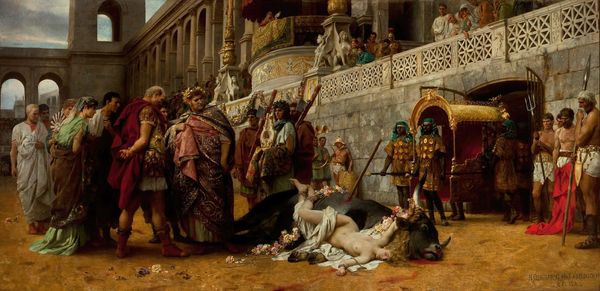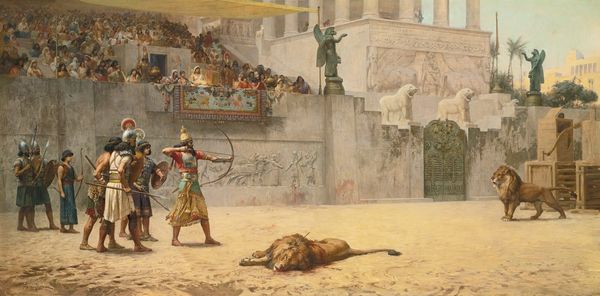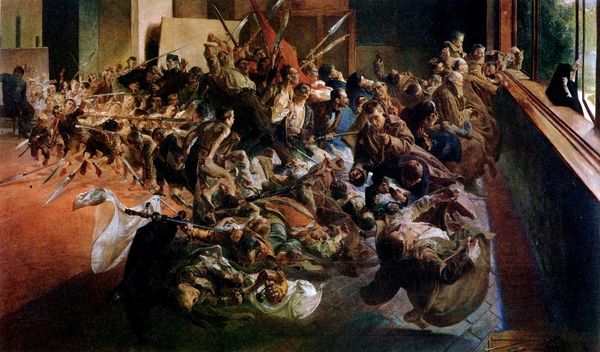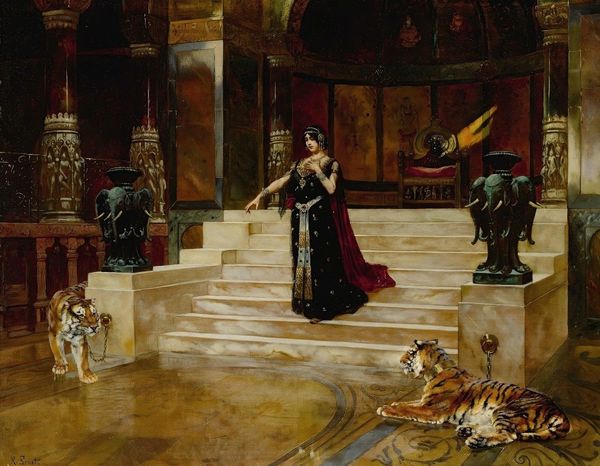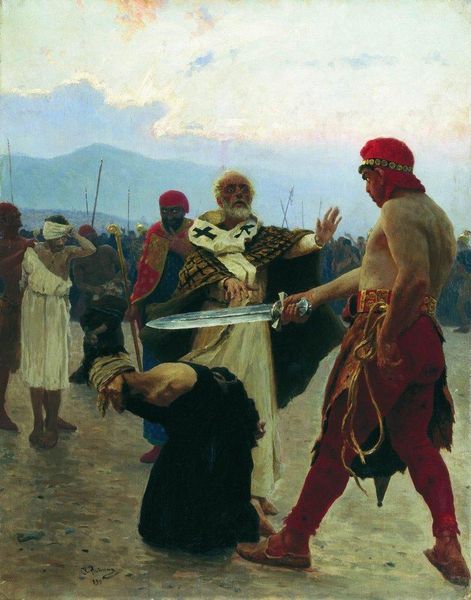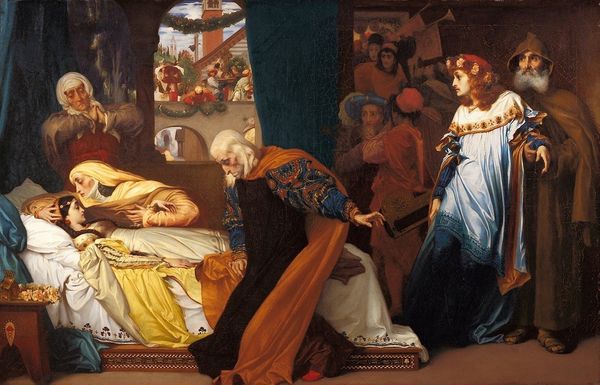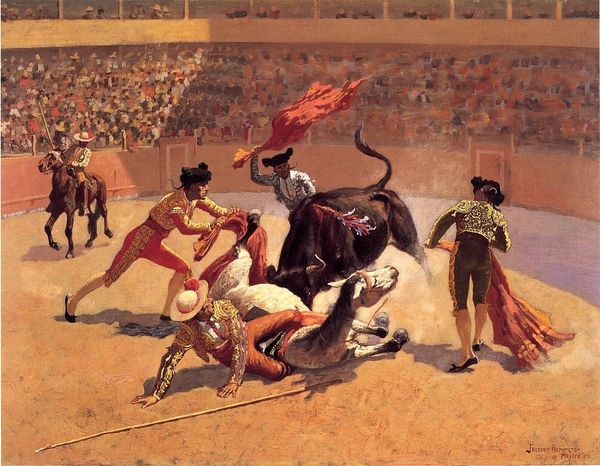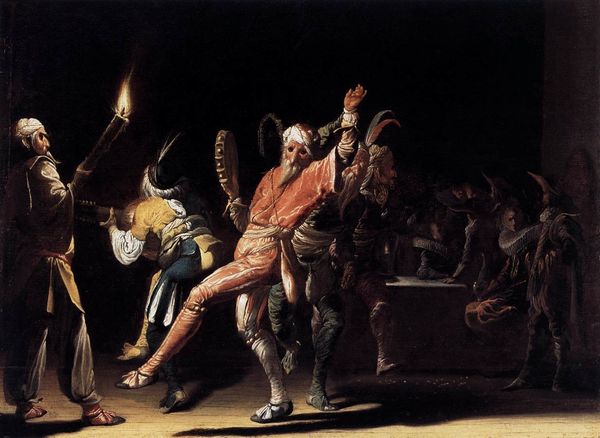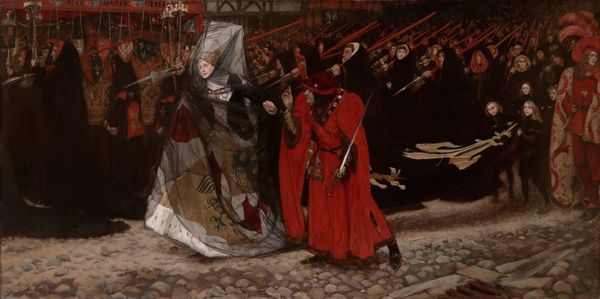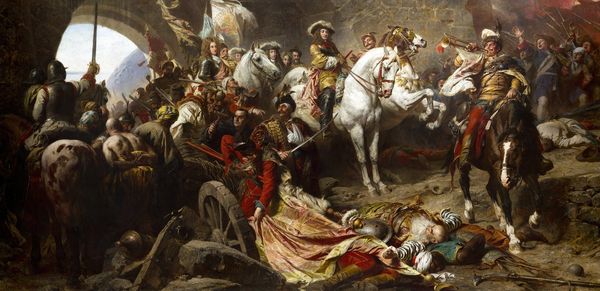
painting, oil-paint
#
narrative-art
#
painting
#
oil-paint
#
figuration
#
romanesque
#
classicism
#
ancient-mediterranean
#
genre-painting
#
history-painting
#
academic-art
#
realism
Dimensions: 149.2 x 96.5 cm
Copyright: Public domain
Editor: So, this is Jean-Léon Gérôme's "Pollice Verso," painted in 1872 using oil paints. It definitely captures a very intense and decisive moment. The crowd's gesture of thumbs down feels almost theatrical. What do you make of the historical context influencing the painting? Curator: It’s essential to see "Pollice Verso" as more than a simple depiction of a gladiatorial contest. Consider the socio-political atmosphere of 19th-century France, where artists frequently engaged with historical themes to reflect contemporary concerns about power, morality, and spectacle. Gérôme’s choice to depict this scene highlights the public's involvement in deciding life and death, reflecting anxieties about democratic participation in his own time. What public role do you think Gerome assigned to the role of artists? Editor: Interesting, I hadn’t thought about it in terms of 19th-century French society. So the image, in a way, questions the public's sense of morality during *that* time, by contrasting it with Ancient Rome? Curator: Precisely. And more than just morality, consider also the institutions shaping art during that period. Paintings like "Pollice Verso" gained popularity not just for their artistic merit, but for how well they appealed to the values promoted by the French Academy and the burgeoning art market. Academic painting aimed to instruct as much as to delight, creating art as public rhetoric. How might this affect the accuracy of the Roman spectacle and traditions depicted in the painting? Editor: That's a valid question. Gérôme might have taken some artistic license. I see it more like a staged moment and less like an historical reference. Curator: Exactly, that staging helped contribute to its sensational popularity in the French salons and beyond. Editor: This has completely shifted how I see the painting! Now I can understand that in a way it embodies that very fine line between social commentary and artistic exhibitionism. Thank you! Curator: My pleasure. History helps reveal that art never exists in a vacuum.
Comments
No comments
Be the first to comment and join the conversation on the ultimate creative platform.
